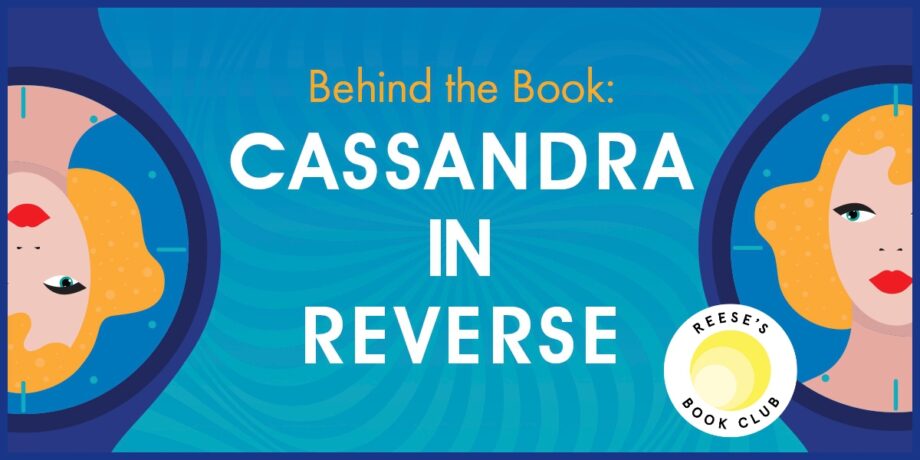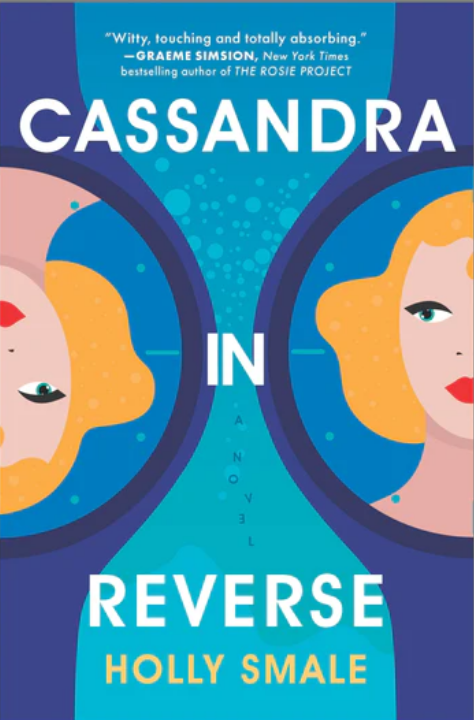I’m embarrassed to say that Cassie is the closest thing to me I’ve ever written or will be able to write. She’s essentially me on the page. So, it was quite a different writing experience. This time, instead of either basing my protagonist on a child or teen version of me, or on bits of me combined with other people, the difficulty was in digging deep into myself as I am now and being vulnerable. I already knew her. That was the hard part because I found my ego getting in the way quite a bit. Nobody wants to reveal the unlikeable, selfish, weird, fragile bits of themselves on the page, so I really struggled with that. The inclination to try and make Cassie “loveable” or “likeable”—or simply “normal”—as a way to protect myself was really, really strong. But it was more important to me to be honest, so I focused on that, even if I knew the things she said and did and thought would sometimes be off-putting to readers—because those same things are off-putting to people in real life too.
I think it can be tricky when you’re an autistic writer creating an autistic character because there’s a lot of pressure to “represent autism” somehow. So much damage has been done over the years—so much misinformation, so many cliches, so many stereotypes—that there can be a lot of pressure to come in and “rectify” that by creating these flawless, positive, uncomplicated role models. This is completely unfair because these previous portrayals were almost unanimously done by neurotypical writers, so the burden of rectifying that should not be falling on autistic creatives.
But it’s there, and I’ve talked about it with other autistic writers who feel it too. You’re terrified that if you show any of the difficulties or negatives or struggles of being autistic then you’ll be seen as “hurting autistic people,” but if you show it as too positive or life-affirming, you’ll be causing damage too. So it’s a fine line, and one that can be scary to walk. The aim, for me, is to be real. That’s all I want. To create a character who is real, both good and bad. The reality is that neurotypical writers are never expected to “represent” other neurotypical people with their books. They get to have characters that stand alone, as themselves. But, as with most minorities, as soon as the microphone gets handed to someone it wouldn’t typically get handed to, there’s an expectation that the spotlight is on you, and now you have to speak for the entire demographic. That is madness and impossible and creatively inhibiting. You can’t create anything of worth that way. All I can do is write my own experience, be as raw and as honest as possible—even when it’s incredibly difficult—and hope that it’s seen as one possible experience of being autistic, rather than as a representation of all autistic people. But I won’t lie; it’s very, very scary. I passionately don’t want to misrepresent my people—and I do think of them as my people—but I also can’t represent anyone but myself. So I’m hoping that people understand that even if it’s not accurate for them, it can still be accurate for someone else.
For me, it’s more important that we have nuanced, complicated, real portrayals of autistic people than that we have “role models.” After all, we’re often shut out of society because of the “unlikeable” characteristics we exhibit, so it felt really important to show them realistically along with the impact they have. Glossing over them to “present a more attractive facade” and “make us more accepted” felt like doing us a disservice. We’re humans; we’re allowed to be complex. Honesty, always, wins out.
—Holly Smale
Cassandra in Reverse by Holly Smale
If you had the power to change the past…would you?
Cassandra Penelope Dankworth is a creature of habit. She likes what she likes (museums, jumpsuits, her boyfriend, Will) and strongly dislikes what she doesn’t (mess, change, her boss drinking out of her mug). Her life runs in a pleasing, predictable order…until now.
- She’s just been dumped.
- She’s just been fired.
- Her local café has run out of banana muffins.
Then, something truly unexpected happens: Cassie discovers she can go back and change the past.
Now, Cassie should be able to find a way to fix the life she accidentally obliterated. And with time on her side, how hard can it be?
Available at:
Amazon | Barnes & Noble | Google Play | Kobo | Apple Books | Indiebound | Indigo | Audible |Goodreads


